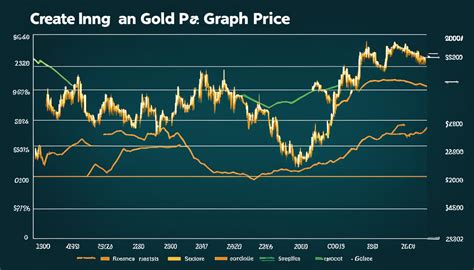Introduction
The S&P 500 is a widely recognized stock market index that tracks the performance of the 500 largest publicly traded companies listed on U.S. stock exchanges. Investing in the S&P 500 provides access to the overall U.S. equity market, offering significant potential for growth and diversification. This comprehensive guide will provide you with a step-by-step approach on how to buy the S&P 500 in 2025, covering everything from understanding the index to choosing the right investment vehicle.

Understanding the S&P 500
The S&P 500 is a market-capitalization-weighted index, meaning that the larger companies in the index have a greater influence on its performance. The index is composed of companies across various sectors, giving investors exposure to a wide range of industries and sectors within the U.S. economy.
Key Statistics:
- As of December 2022, the S&P 500 had a market capitalization of approximately $39.8 trillion.
- The index has an average annual return of approximately 10% over the long term.
- The S&P 500 has outperformed most other major stock market indices over the past decade.
Choosing the Right Investment Vehicle
There are several investment vehicles available for buying the S&P 500, each with its unique advantages and disadvantages.
Option 1: S&P 500 Index Fund
An S&P 500 index fund is a mutual fund that tracks the performance of the S&P 500. Index funds offer a low-cost and convenient way to invest in the S&P 500, as they are passively managed and typically have lower expense ratios than other investment vehicles.
Advantages:
- Low cost
- Broad diversification
- Convenient
Disadvantages:
- Limited flexibility
- Not tax-efficient
Option 2: S&P 500 Exchange-Traded Fund (ETF)
An S&P 500 ETF is an exchange-traded fund that also tracks the performance of the S&P 500. ETFs are similar to index funds, but they trade on an exchange like stocks. This allows investors to buy and sell ETFs throughout the trading day, providing greater flexibility.
Advantages:
- Low cost
- Broad diversification
- Flexible trading hours
Disadvantages:
- May have higher expense ratios than index funds
- Subject to short-term price fluctuations
Option 3: S&P 500 Futures
S&P 500 futures are contracts that give investors the right, but not the obligation, to buy or sell a certain number of S&P 500 index shares at a specified future date. Futures contracts can be used to speculate on the future direction of the S&P 500, or they can be used to hedge against risk.
Advantages:
- Can be used for speculation or hedging
- Leverage can be used to magnify gains
Disadvantages:
- High risk
- Complex investment strategy
- Margin requirements
Step-by-Step Guide to Buying the S&P 500
Step 1: Choose a Brokerage
The first step to buying S&P 500 is to choose a brokerage firm. Consider factors such as account fees, trading commissions, research tools, and customer support when making your decision.
Step 2: Open an Investment Account
Once you have chosen a brokerage, you need to open an investment account. This can typically be done online or by visiting a branch office.
Step 3: Determine Your Investment Amount
Decide how much money you want to invest in the S&P 500. Consider your investment goals, risk tolerance, and time horizon.
Step 4: Place Your Order
Once you have determined your investment amount, you can place your order. If you are buying an index fund or ETF, you can simply enter the ticker symbol for the fund into the trading platform. If you are buying futures contracts, you will need to specify the contract month, size, and price.
Risk Considerations
Investing in the S&P 500 conlleva risks, just like any other investment. However, by following these risk management strategies, you can minimize your potential losses:
- Diversify your portfolio: Don’t put all your eggs in one basket. Invest in a variety of asset classes and sectors to reduce your overall risk.
- Invest for the long term: The S&P 500 has historically performed well over the long term, but it can be volatile in the short term. Invest with a long-term horizon to ride out market fluctuations.
- Don’t invest more than you can afford to lose: Only invest money that you can afford to lose, as there is always the potential for losses.
Conclusion
Buying the S&P 500 is a smart way to access the overall U.S. stock market. By following the steps outlined in this guide, you can invest in the S&P 500 with confidence and take advantage of its potential for growth and diversification. Remember to conduct thorough research, consider your risk tolerance, and consult with a financial advisor if necessary before making any investment decisions.



